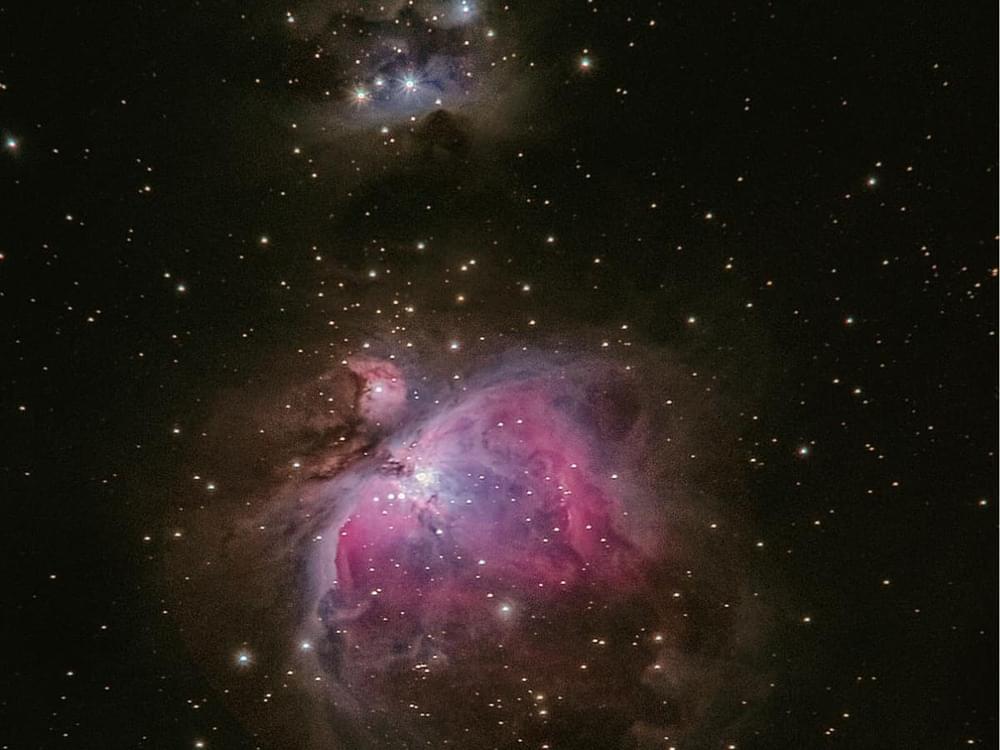More than 24 million people in southern Africa face hunger, malnutrition and water scarcity due to drought and floods, an aid group has warned, as experts say the situation risks spiraling into an “unimaginable humanitarian situation.”
The warning from Oxfam on Wednesday came as Zimbabwe joined other southern African nations in declaring its drought a national disaster, following earlier declarations by Zambia and Malawi.
Zimbabwean President Emmerson Mnangagwa said more than 2.7 million people in the country will go hungry this year and more than $2 billion in aid is required for the country’s national response, Reuters reported.









